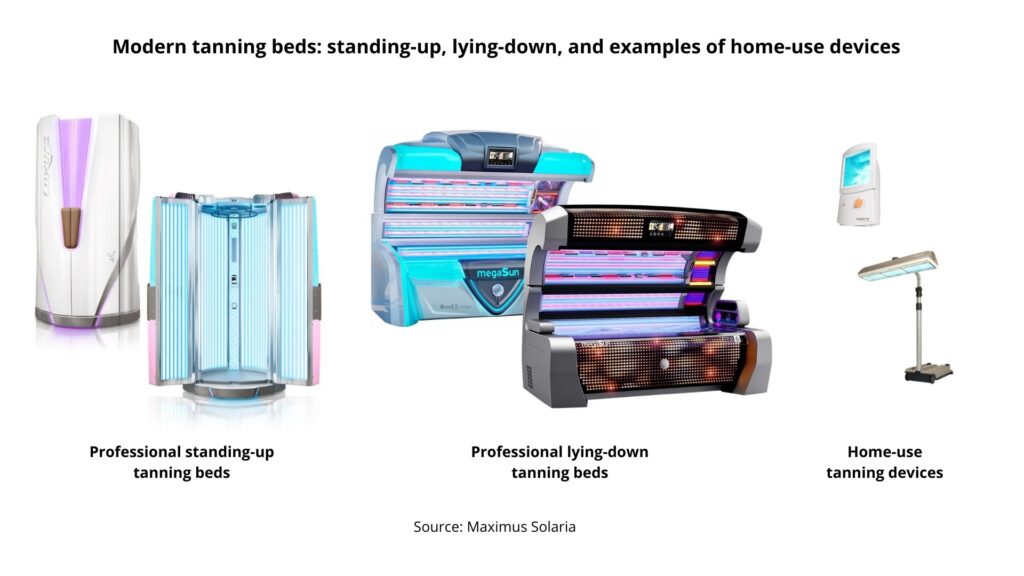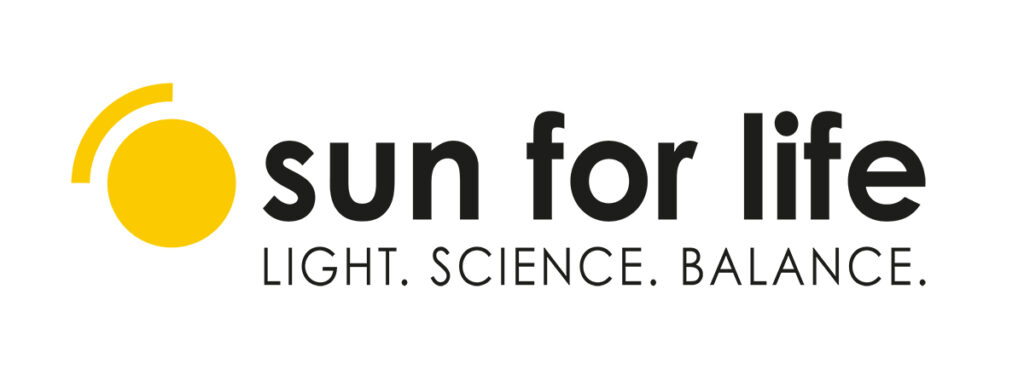The first lamps emitting UV radiation were originally used for therapeutic purposes.
The pioneers of modern tanning beds are considered to be the German Wolff brothers, who in the 1970s invented and patented the first commercial device for artificial tanning. Their motivation was to recreate the effects of natural sunlight – to combat winter depression, promote recovery, provide an energy boost, and support the body’s natural production of vitamin D. How does a tanning bed work? Learn more.
Although tanning is typically associated with natural sunlight, sunbeds – devices for artificial tanning – have a history of their own, dating back to the 20th century.
The first UV-emitting lamps were mainly used for therapeutic purposes – for example, in the treatment of rickets or skin conditions. However, the pioneers of modern sunbeds are considered to be the German Wolff brothers, who in the 1970s invented and patented the first commercial device for artificial tanning.
The motivation of the Wolff brothers – inventors of the “sunbed” – was to recreate the effects of natural sunlight to counteract winter depression, create conditions for regeneration and “recharging the batteries,” and to support the natural synthesis of vitamin D in the body. Over time, these devices became primarily associated with aesthetics and the fashion for tanned skin, gaining popularity worldwide. Today, in an era of increasing health awareness, sunbeds are attracting more users who are once again motivated by health. Much is being said about both the benefits and risks of UV exposure.
What is a sunbed – device definition
A sunbed is a technical device that emits ultraviolet (UV) radiation in order to produce a tanning effect on the user’s skin. It works similarly to natural sunlight by emitting UVA and UVB radiation. UV exposure stimulates melanocytes – pigment-producing skin cells – to produce melanin, the natural pigment responsible for a darker skin tone.
A sunbed not only simulates the sun by emitting UVA and UVB, but goes a step further – it allows control over the UV intensity to minimise the risk of burns. The radiation intensity does not change during the session, unlike natural sunlight, which means the dose can be precisely monitored to avoid overexposure and sunburn.
There are several basic types of sunbeds:
- Lay-down sunbeds (horizontal) – the user lies down on a bench.
- Stand-up sunbeds (vertical) – allow tanning in a standing position.
- Home sunbeds – smaller devices typically used for tanning the face and décolleté, often used at home
Each type has its advantages and is selected based on preferences, available space, and the desired effect.

Standards and Safety
To ensure safe use of sunbeds, these devices must meet appropriate technical and sanitary standards. In the European Union, regulations limit the maximum UV radiation output (e.g., the maximum allowed UV intensity emitted by a tanning device is 0.3 W/m² – equivalent to the midday summer sun at the equator).
Salons are required to maintain hygiene, disinfect equipment, and provide protective goggles against UV radiation. Proper training of salon staff is also essential – their role includes not only operating the equipment but also educating clients on safe tanning practices.
Who SHOULD NOT use sunbeds?
Tanning beds – when used responsibly – can offer certain benefits, especially for people who have limited exposure to natural sunlight due to where they live, their lifestyle, or profession. However, sunbeds are not suitable for everyone!
Risk groups – avoid sunbeds if you fall into one of the following categories:
- people with sensitive skin and a very fair complexion (Fitzpatrick skin type I)
- people with a history of frequent sunburns in childhood
- people with numerous moles and birthmarks
- people with a history of skin cancer
- people with a family history of skin cancer (e.g., melanoma)
- people taking photosensitising medications (e.g., certain antibiotics or hormone treatments)
- minors and underage individuals
Before using a sunbed, always consult with salon staff, who are obligated to advise you, verify any contraindications, and refuse service if necessary.
Source: Maximus Solaria
